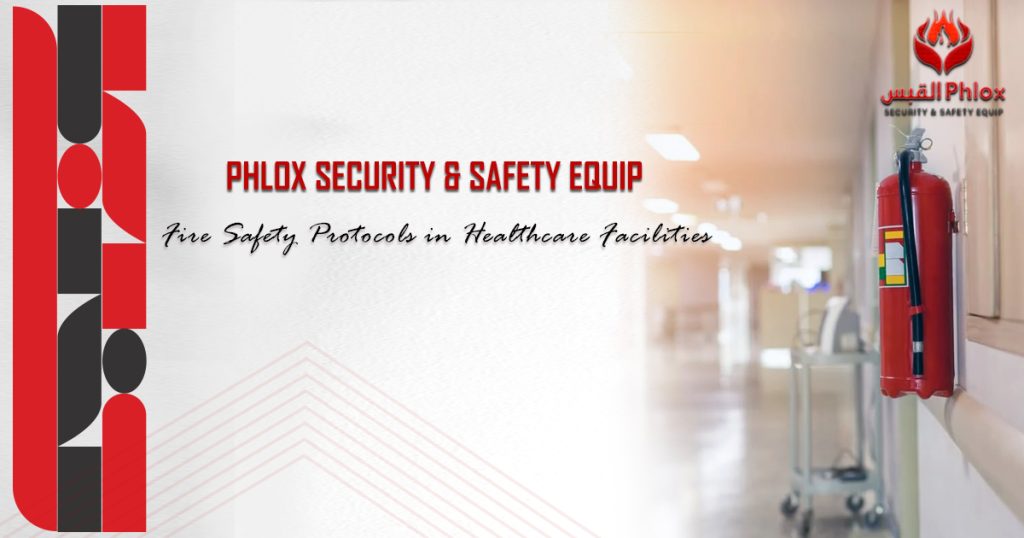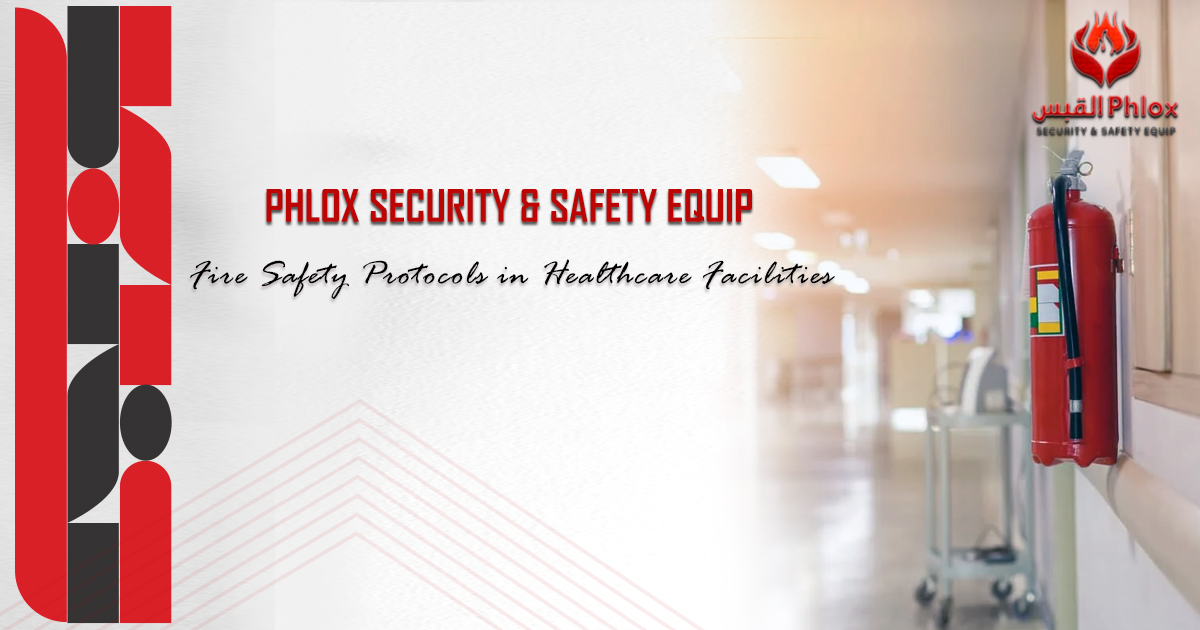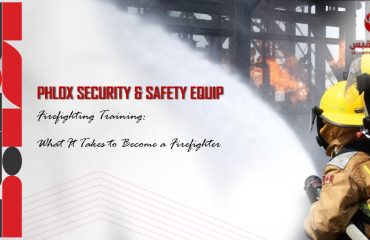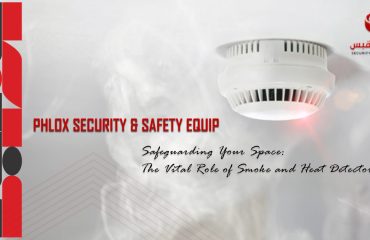
Fire Safety Protocols in Healthcare Facilities
Ensuring fire safety in healthcare facilities is paramount, given the unique challenges presented by the presence of vulnerable patients, complex medical equipment, and critical life-saving procedures. Robust fires safety protocols are essential to protect both lives and valuable medical resources.
Fire Safety Evacuation Strategies:
Healthcare facilities must have well-defined evacuation strategies tailored to the specific needs of patients. The plan should include procedures for moving bedridden patients, those on life support, and individuals with limited mobility. Regular fire drills are crucial to familiarize staff with these procedures, ensuring a swift and organized response during an actual emergency.
Protection of Critical Equipment:
Healthcare facilities house a myriad of specialized medical equipment, much of which is both expensive and irreplaceable. Fire safety protocols should include measures to protect this equipment, such as the installation of fire-resistant enclosures and suppression systems in critical areas. Additionally, regular equipment maintenance is essential to prevent potential fire hazards.
Staff Training and Education for Fire Safety:
Comprehensive staff training is the backbone of effective safety in healthcare settings. Employees should be well-versed in fire prevention, early detection, and emergency response. This includes understanding the operation of fire suppression equipment, the importance of closing fire doors, and the initiation of evacuation procedures when necessary.
Patient Notification Systems:
Patient safety is of utmost importance, and rapid communication is key during a fire emergency. Healthcare facilities should implement advanced patient notification systems, including alarms and clear communication protocols. This ensures that patients are informed promptly, allowing for a calm and organized evacuation process.
Collaborative Emergency Planning:
Healthcare facilities often operate within larger networks or as part of a community. Collaborative emergency planning with local fire departments and emergency responders is essential. This includes joint drills, information sharing, and coordination to ensure a seamless response in the event of a fire emergency.
Lastly, fire-safety in healthcare facilities demands a comprehensive approach that considers the unique challenges posed by the presence of patients and critical medical equipment. However, by implementing and regularly practicing these protocols, healthcare institutions can uphold their commitment to patient safety and maintain the integrity of their life-saving services in the face of potential fire threats.
Related subjects:
Key Components of a Firefighting System: Safeguarding Lives and Property
Smart Fire Alarm Systems: The Future of Fire Safety in Homes and Businesses




